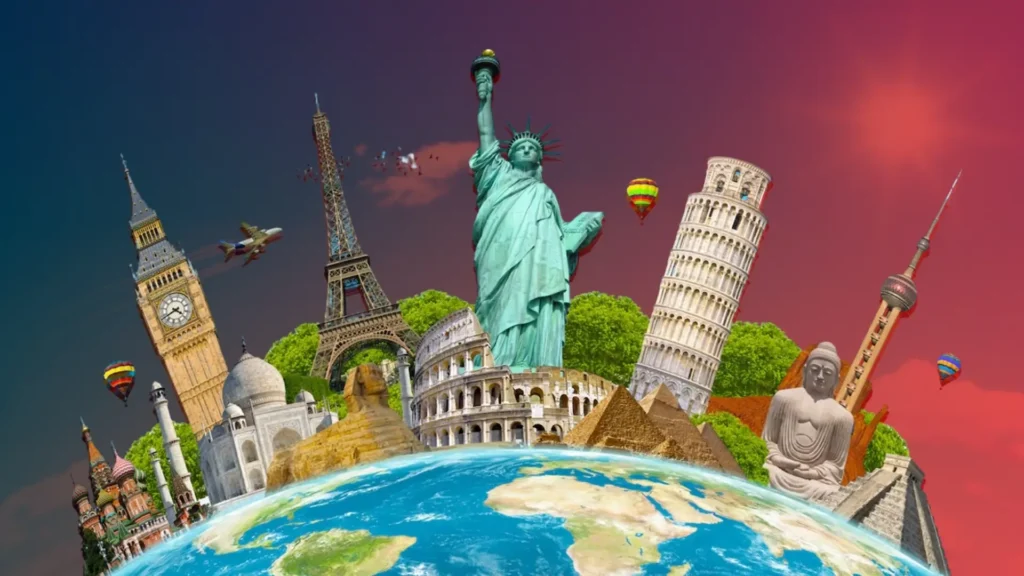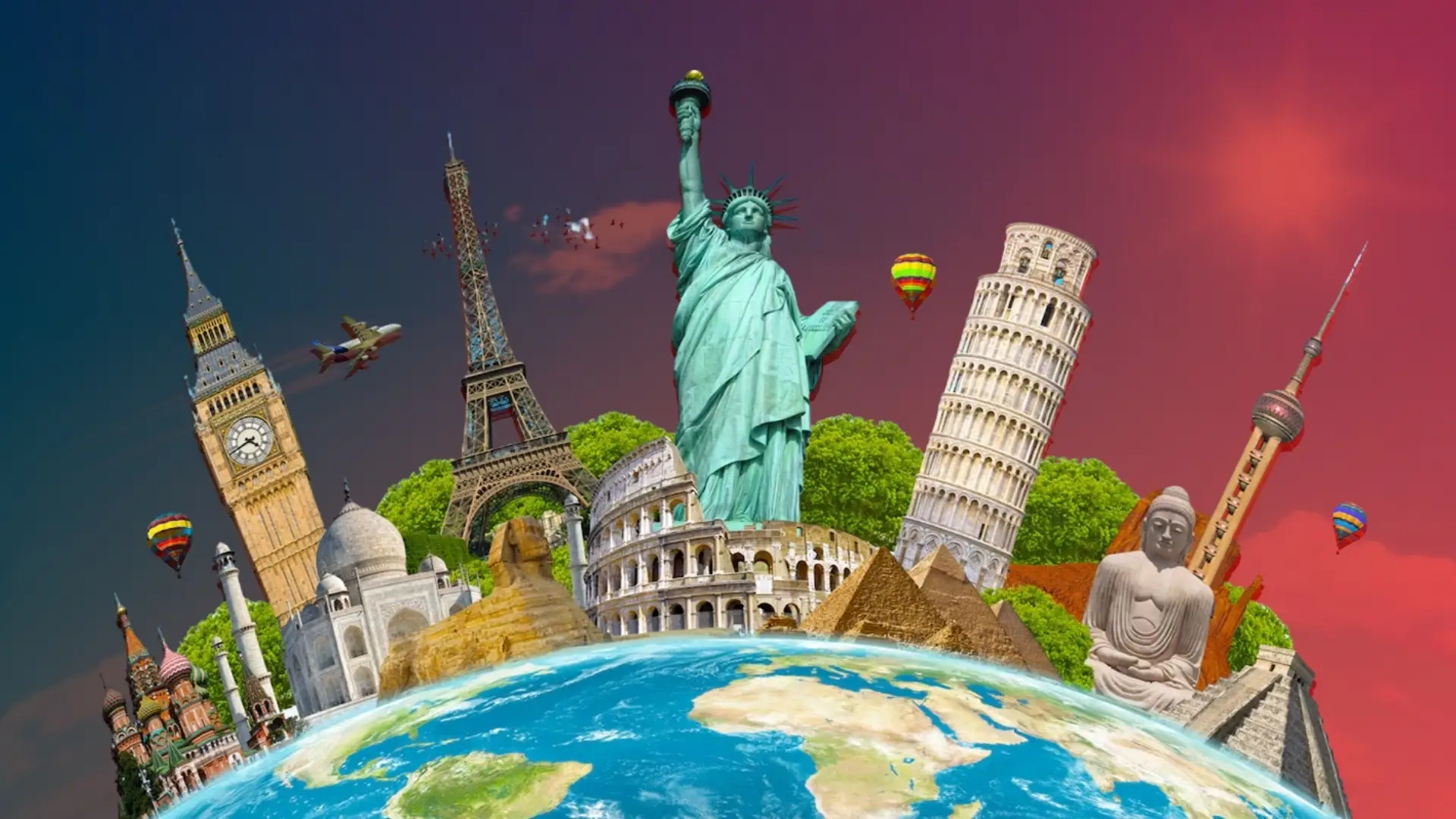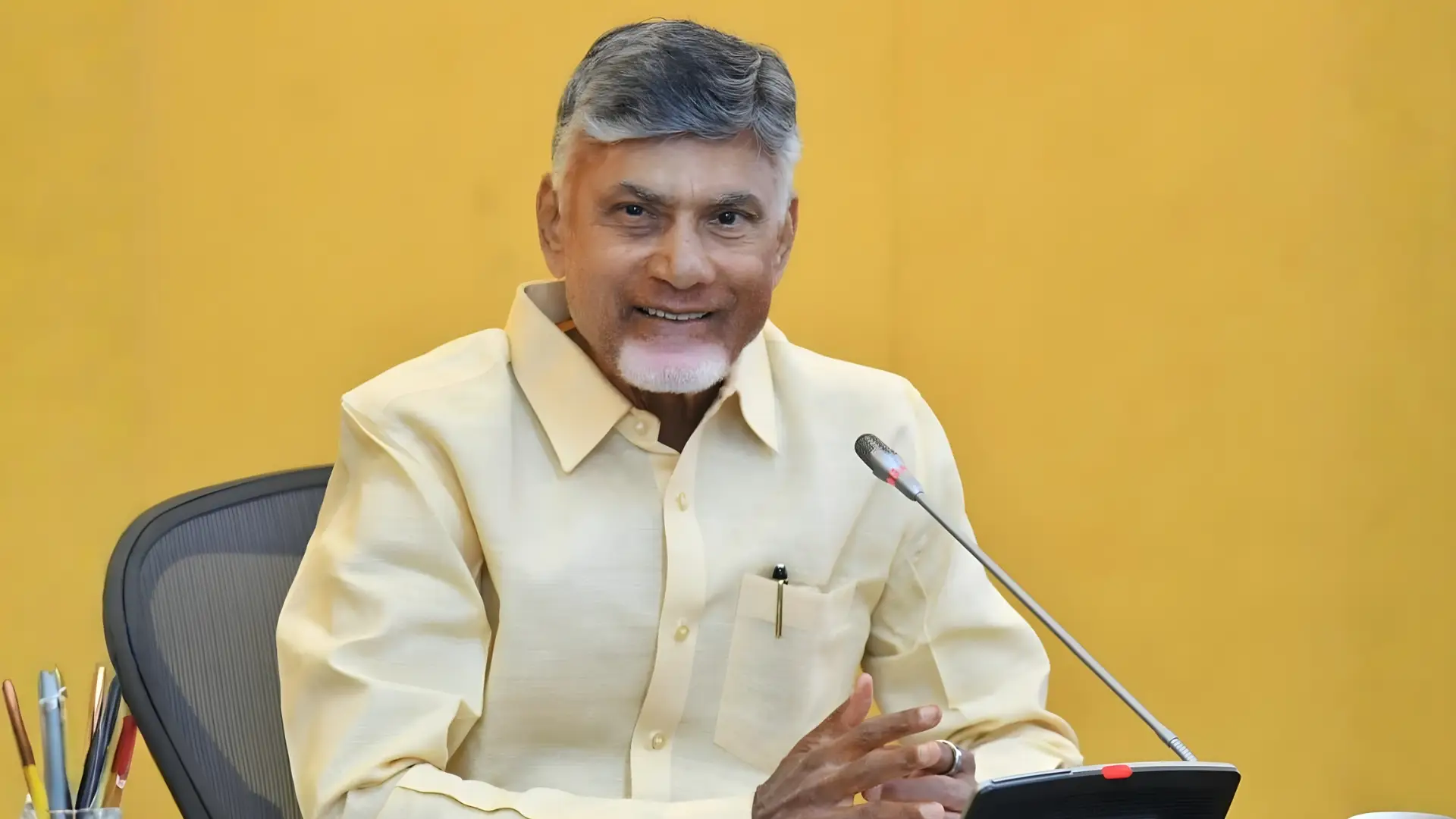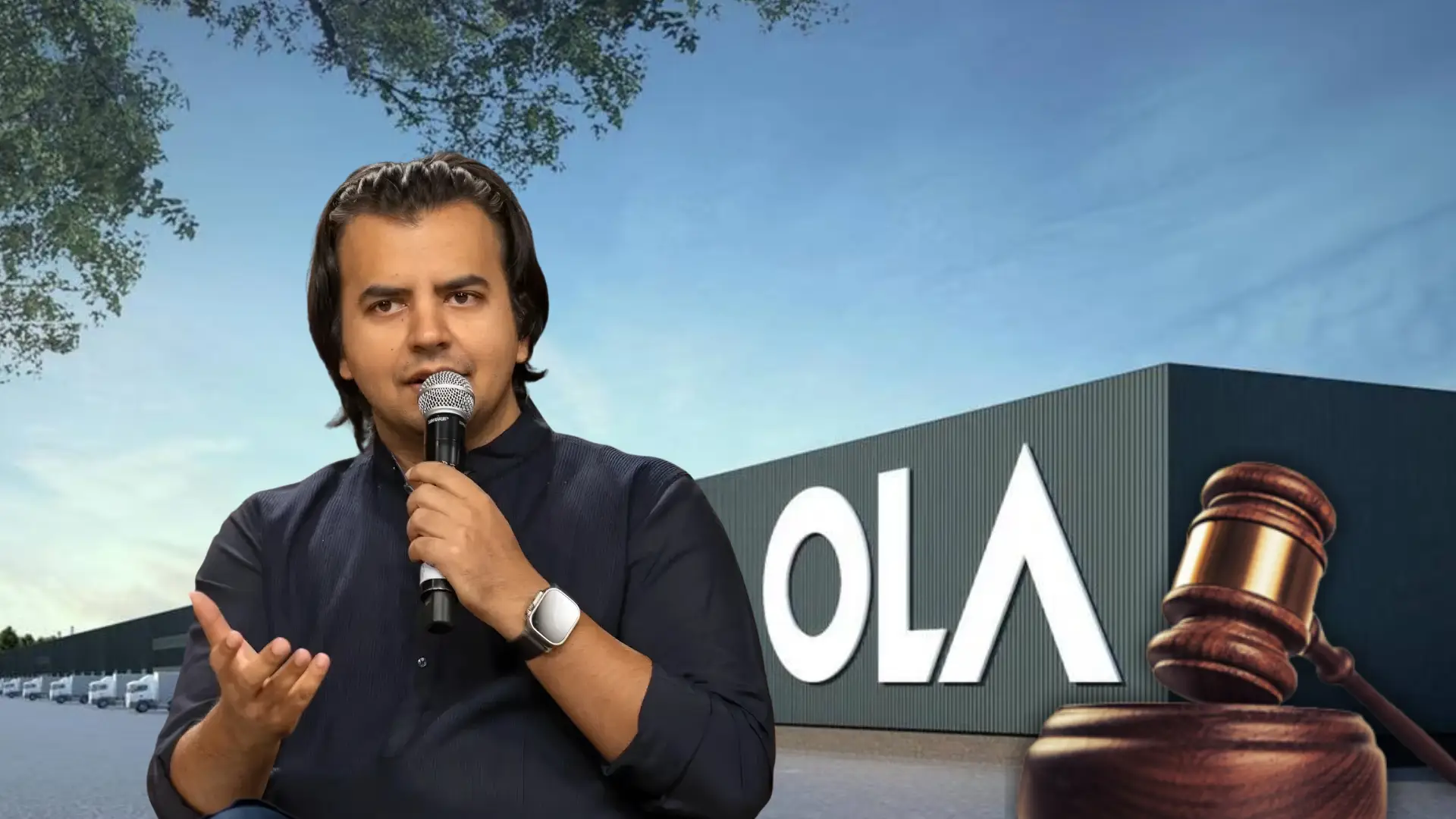Travelling is something that everyone of us loves. How many times have you and your friends planned for a trip and dropped it in the midst of discussions? Well, that’s a common situation across the friends’ groups. While some plans stay in the planning stage, some go for it. While there are some people who travel passionately.
But when trying to dig this travel topic deeper, there are some astonishing opportunities growing, especially for startups. But why is it growing, and what are the reasons behind it?
Well, we all know the travel industry is booming, but amongst this, a unique category is gaining traction these days. Let’s dive deeper into every possible detail to understand the whole scenario.
According to the World Travel & Tourism Council (WTTC), the global travel and tourism sector contributes over 10% to global GDP, employing more than 330 million people. That’s 1 in every 10 jobs on Earth.
This means that every trip we take, whether a family vacation, a business trip, or a solo getaway, is not just a memory in the making but also a microeconomic event. It fuels hotels, airlines, local businesses, restaurants, transport, and even tech platforms that power bookings and experiences.
But the real story begins when we look beyond the surface. The travel industry is not just growing in size, but also it is evolving in purpose.
If the 1990s and 2000s were about “seeing the world,” the 2020s are about feeling the world. People are no longer satisfied with checking off destinations. They crave experiences that change them, trips that heal, and journeys that mean something.
This shift is visible everywhere from adventure retreats in the Himalayas to yoga residencies in Bali, digital detox camps in Thailand, and Ayurvedic wellness centers in Kerala. The idea of “wellness” has quietly woven itself into the fabric of global travel.
One thing that’s catching the attention knowingly or unknowingly is wellness.
Before I dive deeper into the reasons for the growth, I will show you some statistics and show how wellness is gaining traction these days.
According to McKinsey’s Future of Wellness research (2025), wellness spending has moved far beyond traditional categories like fitness and nutrition. It now spans mental health, mindfulness, appearance, sleep, and even self-expression, forming a holistic lifestyle economy.
The findings in the report are interesting. In the United States alone, wellness represents over $500 billion in annual spending, growing at 4–5% per year, despite global economic slowdowns.
84% of U.S. consumers and 79% of U.K. consumers consider wellness a top or important priority, a figure that rises to a staggering 94% in China.
Even in India this wellness trend is rising. But do you know who is driving this demand?
Younger demographics (millennials and Gen Z) are driving this transformation; older consumers too are embracing this expanded definition of wellness.
According to the Global Wellness Institute, wellness tourism is growing at a staggering 16.6% annually, making it one of the fastest-rising verticals in the global travel ecosystem.
This is not limited to yoga retreats or meditation camps anymore. The concept has evolved far beyond traditional spa experiences.
This wave was there for a very long time, but to admit the reality, this wave started booming after the Covid-19 pandemic.
This was the turning point for human priorities. Health, immunity, and mental well-being moved from the sidelines to the center of our lives. After months of isolation, people began to see travel as a form of healing and rediscovery, not just recreation.
Well, this all started rising because of a strong reason, which is burnout.
Today, more people are worried about long working hours, and there’s a never-ending debate happening around the work-life balance. According to WHO, stress-related disorders are among the top global health concerns today.
So, for many, travel has turned into therapy, and this has become a way to disconnect from noise and reconnect with the self.
Now Gen Z and millennials are spending more on experiences, and this is driving the demand for wellness. Another big reason behind this surge is how Instagram and social media have redefined what travel means. Platforms like Instagram, YouTube, and TikTok have made travel experiences not just personal memories but public moments.
Now by watching all of that, it is creating FOMO amongst Gen Z and Millennials especially. As a result, the travel industry’s marketing language itself has changed. Hotels now highlight mindfulness programs, resorts curate “Instagrammable” wellness experiences, and even airports are adding spa and relaxation lounges.
The whole dynamic of the travel industry is changing faster than ever.
If the travel startups build the experiences that help people in these wellness experiences, there is a booming market, and they can create a real impact.
Because in the end, the future of travel won’t be just about exploring new places. It will be about discovering a better version of ourselves.
Also Read: Andhra Pradesh aims Davos-style Partnership summit after Google’s $15B landmark investment










